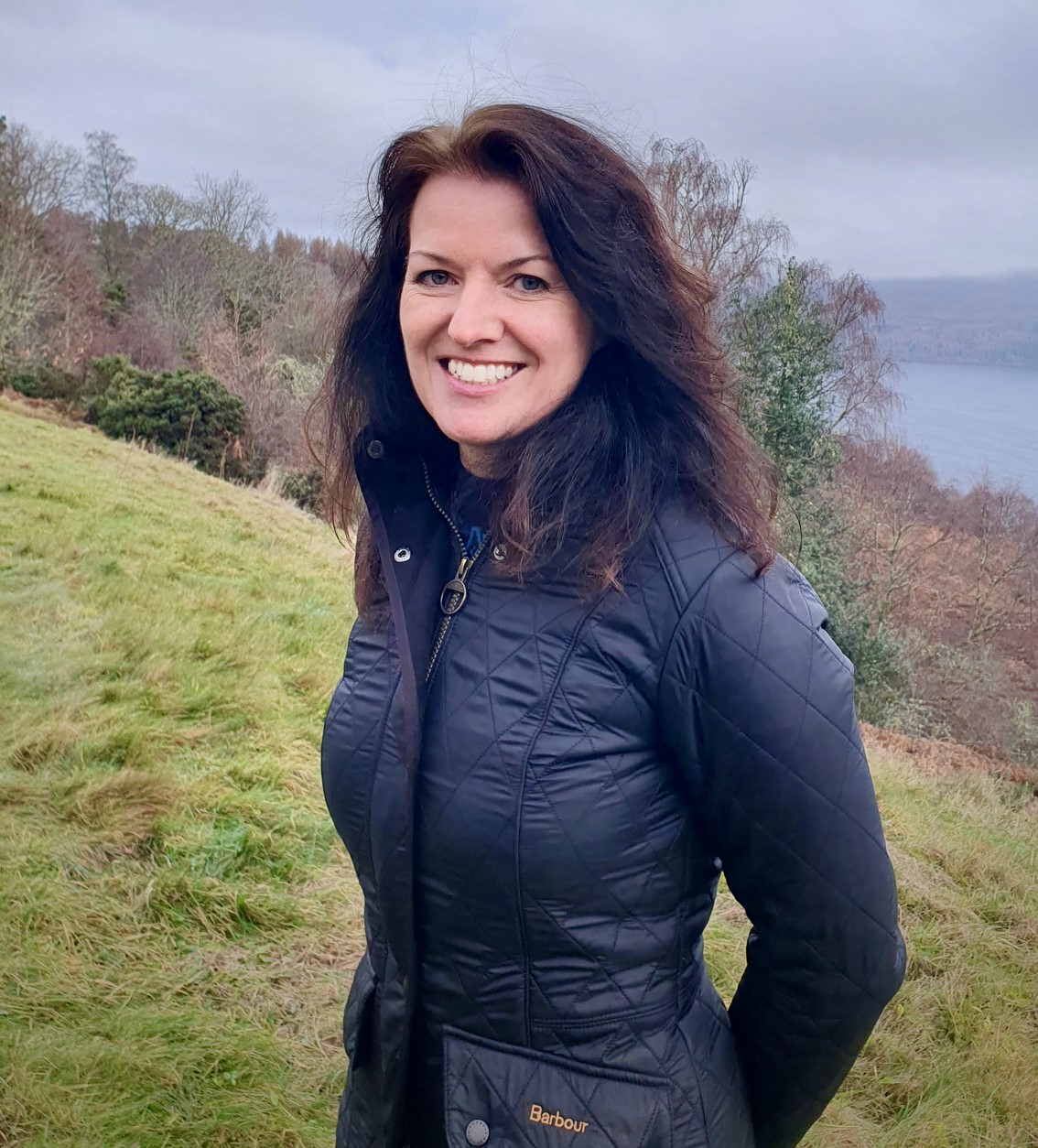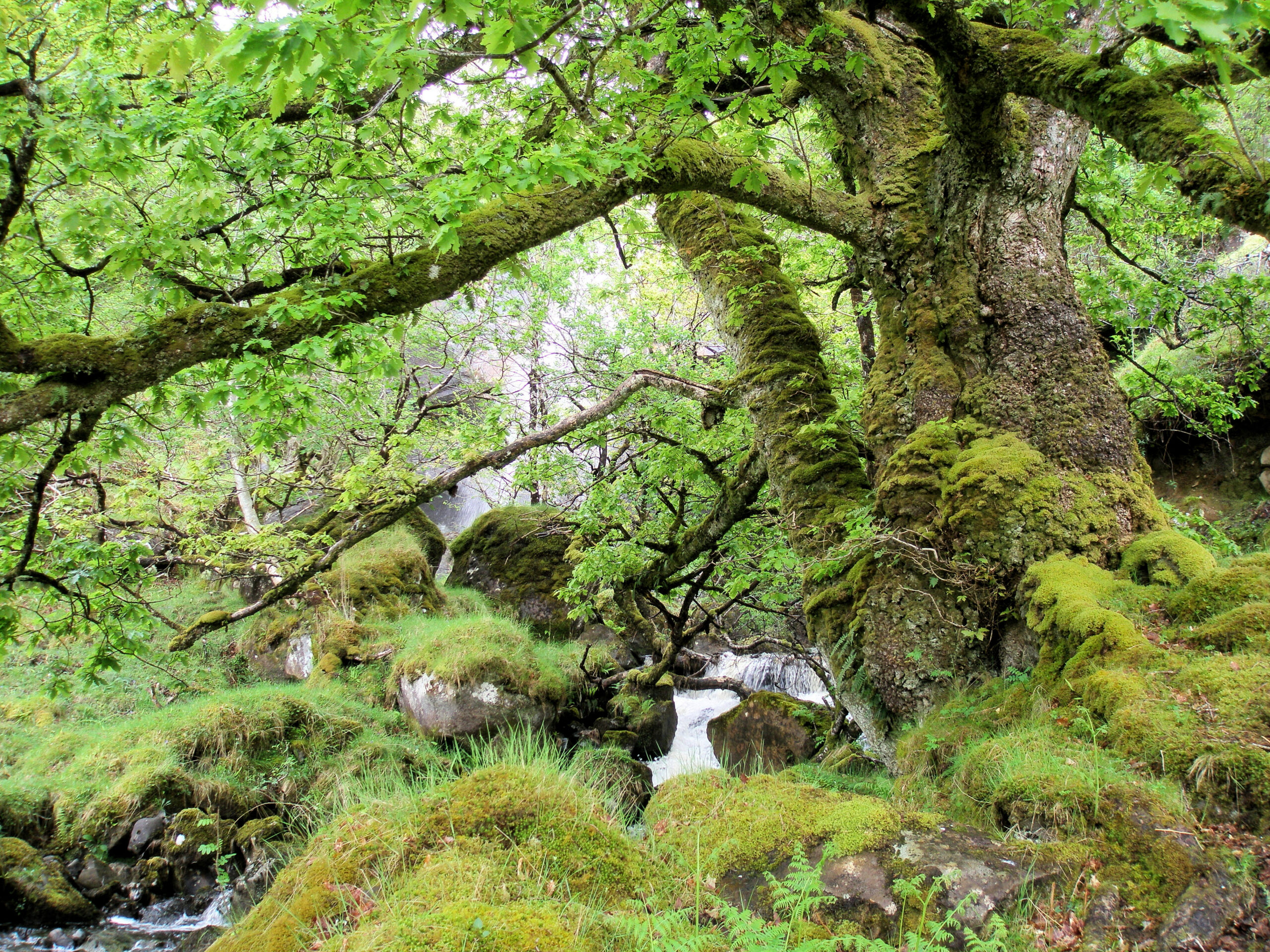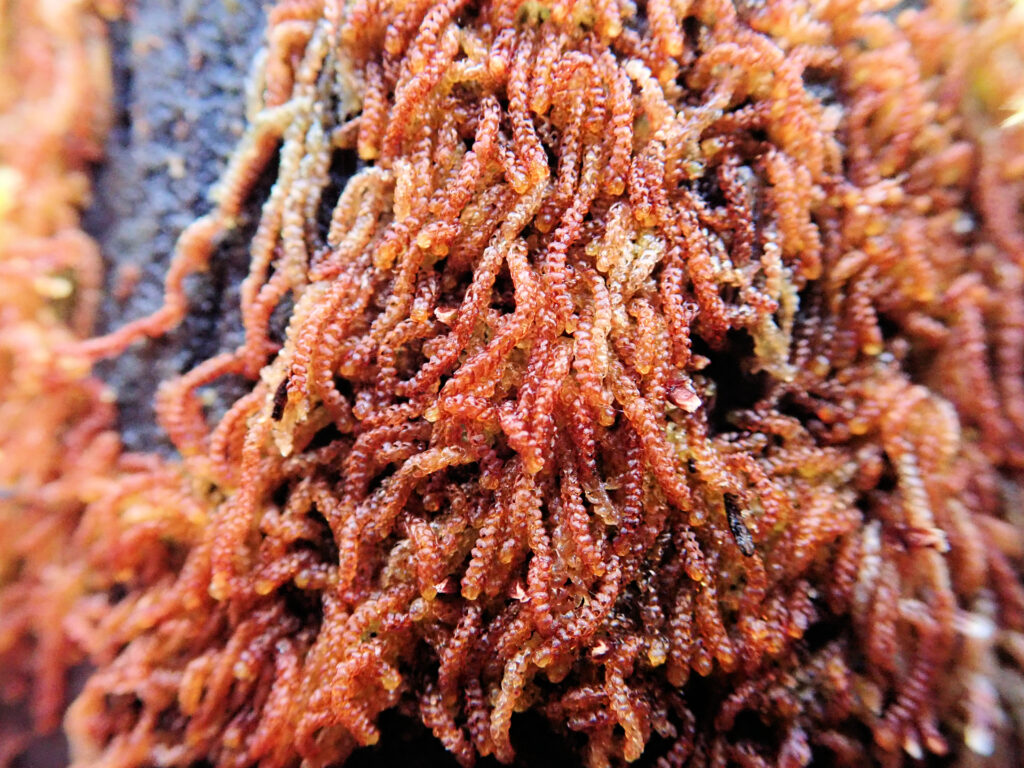Taking Scotland’s rainforests to Davos
Dr Hannah Rudman, Senior Research Fellow, The James Hutton Institute
As biodiversity hotspots, Scotland’s rainforests are internationally important. The sheer quantity, diversity and rarity of the lichens, mosses and liverworts they are home to is stunning and a joy to experience for experts and non-experts alike.
But, like much of the world’s most precious ecosystems, they need our help. Scotland’s rainforest lies in a zone along the west coast of the Scottish mainland. Within this area, there is only about 30,000 ha of core rainforest remaining.
What is left is in small fragments and it is facing several threats, including invasive non-native species, such as Rhododendron Ponticum, as well as high levels of herbivores, such as deer, grazing on young trees.
In a world of limited public funding, we need to find alternative ways to help pay for the work that needs to be done – and to be able to show it’s been money well spent.

It’s a problem for all forms of biodiversity, globally. Could Scotland’s rainforest can be an example to help show the way forward?
That the could is something I’ve been sharing at this week’s World Biodiversity Forum being held in Davos. The aim of the conference is to galvanise the scientific community to move from reporting science to inspiring all of us towards both action and impact around biodiversity.
There have been positive steps towards these goals. In 2022, the UN Convention on Biological Diversity agreed what was called the Kunming-Montreal Global Biodiversity Framework.
Alongside some of the headline targets it set, such as 30 per cent conservation of land, sea and inland waters, was the encouragement of more industry biodiversity impact reporting.
That’s Scotland’s rainforest and the new tools we need to help to protect, conserve and even expand rainforests come in.
Some of these tools are about ways to unlock finance to help plug the massive funding gap for work on biodiversity. There are some compelling business and finance models suitable for restoration of the type of rainforest we have in Scotland – temperate or Atlantic rainforest.
This includes blending philanthropic, private and public funding in ways that can achieve what each of these sectors hope to achieve with their different types of investments.

But we also need tools to help how we measure and report, not just biodiversity gain – how much a project improves biodiversity in a given habitat or ecosystem – but also community and societal impacts.
In particular, we need new governance models to ensure local community benefits, “high integrity” nature outcomes (where we can be sure there are positive results), and successful partnerships between different types of land owner and land manager.
As part of my work at the Hutton, I collaborate with nature restoration organisations on the ground, such as the more than 25 partners of The Alliance for Scotland’s Rainforest.
Through them, we can see that the restoration and expansion of Scottish rainforest supports nature to create value and beneficial impact for society and the economy – by increasing biodiversity, but also by soaking up carbon emissions as they grow and flourish.
These are what we call ecosystem services and they’re what we all need to continue living well in our changing climate.

A strong focus at this year’s World Biodiversity Forum is to galvanise. I hope that telling the story of Scotland’s rainforest, and the work we’re doing at the Hutton to support it, as well as wider work around nature, finance and impact reporting, inspires others to act.
The World Biodiversity Forum is being held in Davos June 16-21.
Disclaimer: The views expressed in this blog post are the views of the author(s), and not an official position of the institute or funder.
